I have a data of sequential visits of multiple pollinators in long form (see image 1). In order to analyse the floral constancy data, I want to transpose them according to pollinator_ID (see image 2). Is there any way to automate this in R?

I have tried converting the data into wide format, but from there I am not sure how to proceed. Here is the Image 2 which is what I expect the output to be.
